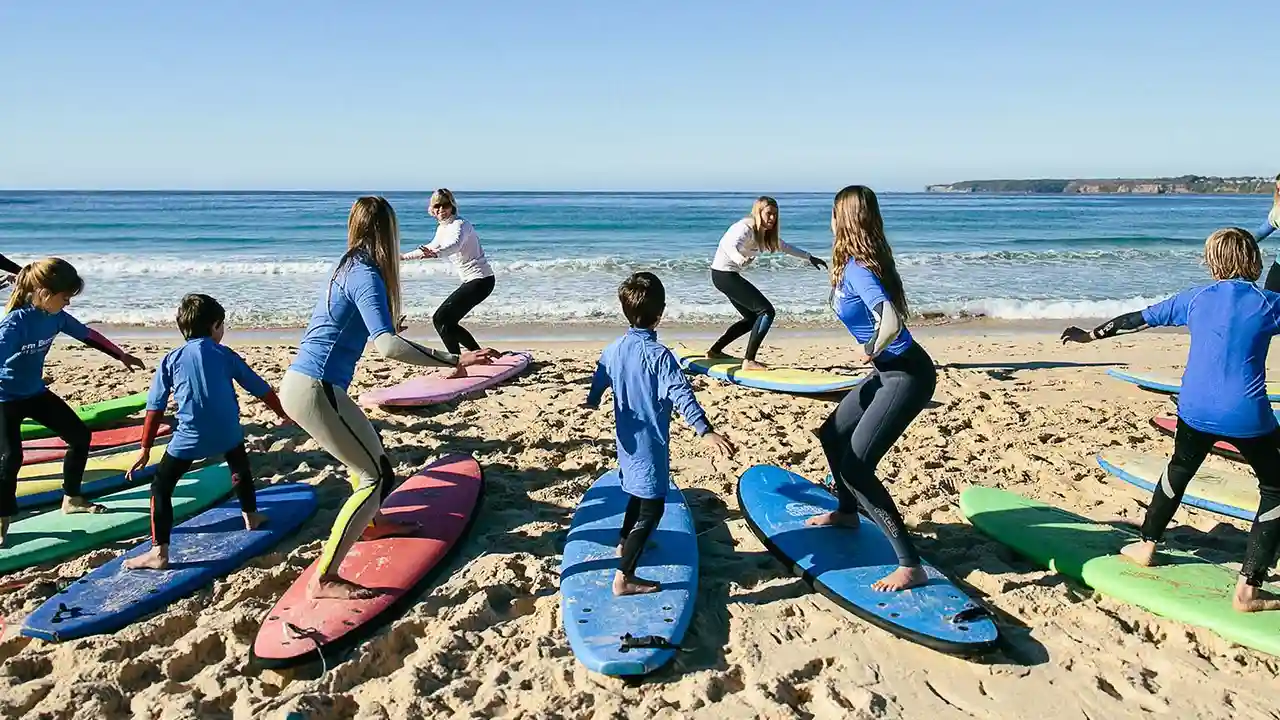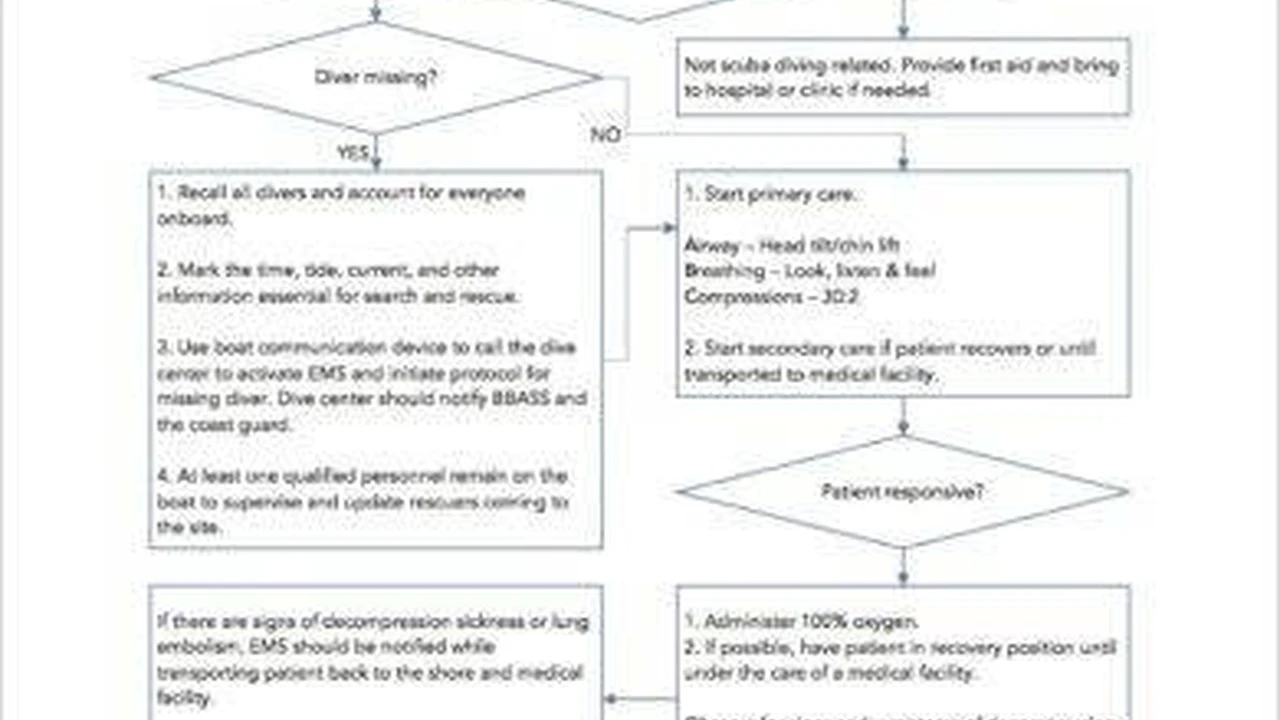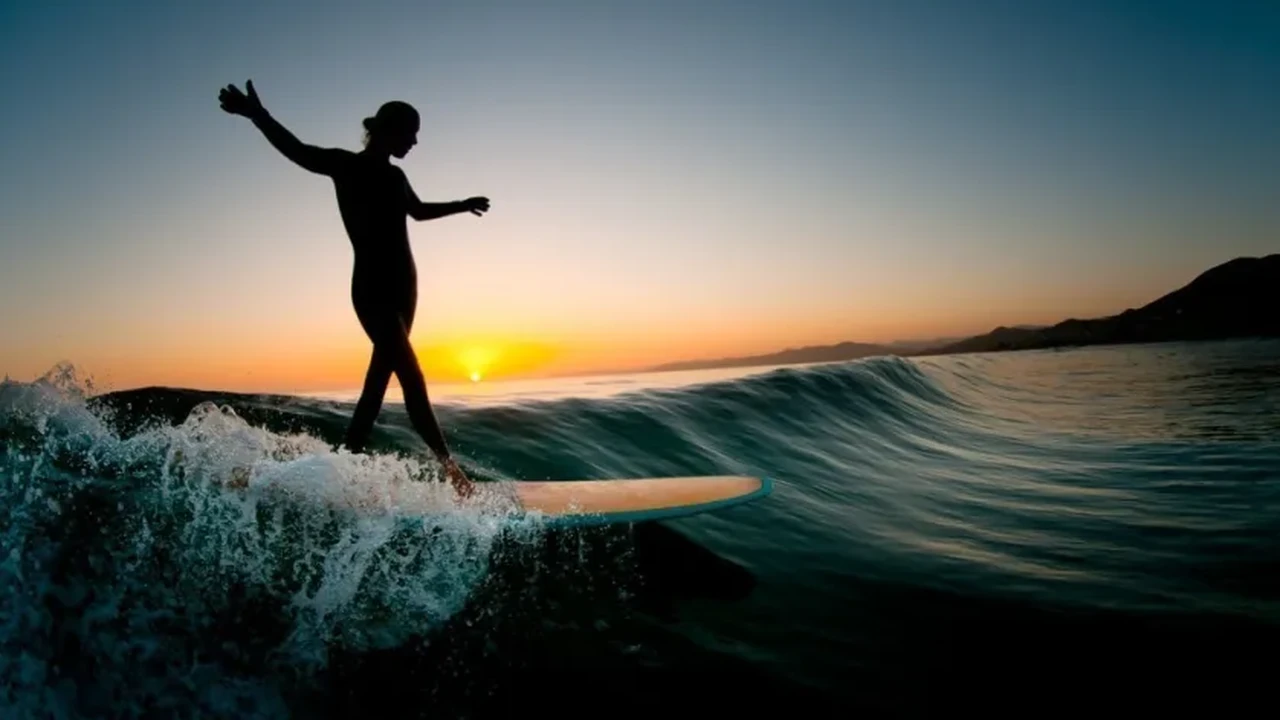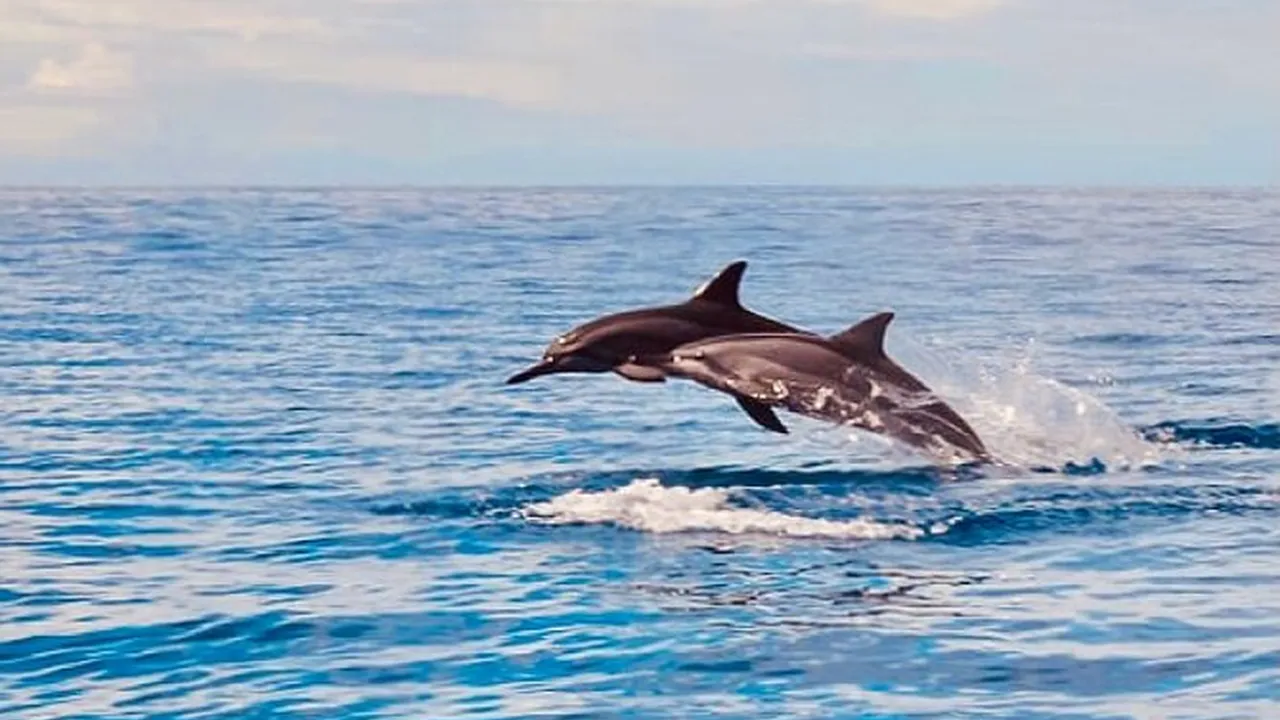Best Snorkeling Gear for Warm Water
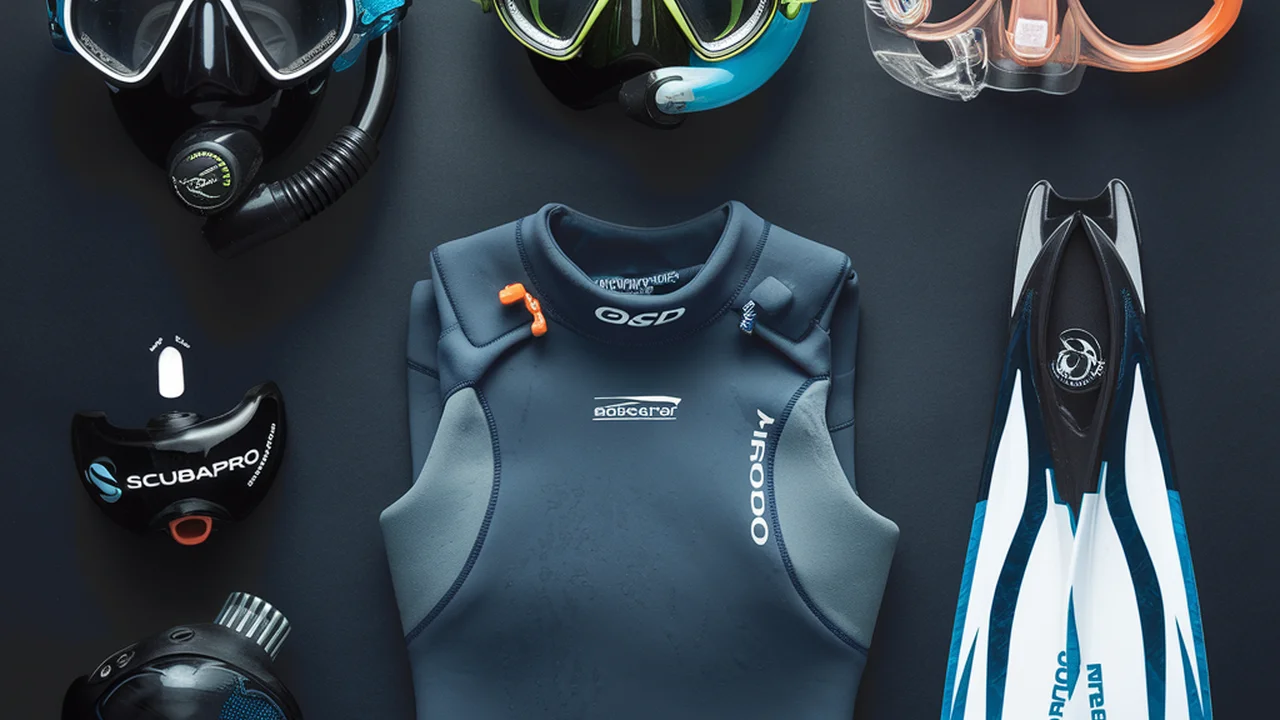
Discovering the Snorkeling Paradise West Coast Wonders
The West Coast of the United States boasts a diverse and breathtaking coastline, offering a plethora of snorkeling opportunities for both beginners and seasoned adventurers. From the kelp forests of California to the rocky shores of Oregon and Washington, the underwater world awaits exploration. This article delves into the best snorkeling locations along the West Coast, highlighting specific gear recommendations, use cases, product comparisons, and detailed pricing information to ensure you have an unforgettable and safe snorkeling experience.
Unveiling California's Premier Snorkeling Hotspots
California, with its warm waters and abundant marine life, is a snorkeling haven. Here are some of the top spots:
La Jolla Cove A Snorkeling Gem
La Jolla Cove, located in San Diego, is renowned for its clear waters and diverse ecosystem. The cove is protected, making it ideal for beginners. You can expect to encounter garibaldi (California's state fish), leopard sharks (harmless to humans), and a variety of colorful fish.
Recommended Gear:
- Snorkel Mask: Cressi Palau Mask - Offers excellent visibility and a comfortable fit. Price: $35-$50.
- Snorkel: Seavenger Dry Top Snorkel - Prevents water from entering the snorkel, making it easier to breathe. Price: $20-$30.
- Fins: U.S. Divers Proflex Fins - Provide excellent propulsion and maneuverability. Price: $40-$60.
- Wetsuit: O'Neill Reactor II 3/2mm Full Wetsuit - Keeps you warm in the cooler waters. Price: $100-$150.
Use Case: La Jolla Cove is perfect for beginner snorkelers due to its calm waters and abundance of marine life. The protected cove also makes it a safe environment for families with children.
Product Comparison: Consider comparing the Cressi Palau Mask with the Scubapro Spectra Mask. While the Cressi is more affordable, the Scubapro offers a wider field of vision. For fins, compare the U.S. Divers Proflex with the Mares Avanti Quattro Plus. The Mares offer more power but may be less comfortable for extended use.
Catalina Island Snorkeling Adventures
Catalina Island, a short ferry ride from Los Angeles, offers crystal-clear waters and abundant marine life. Popular snorkeling spots include Lover's Cove and Casino Point Underwater Park.
Recommended Gear:
- Snorkel Mask: Scubapro Spectra Mask - Provides a wide field of vision and a comfortable seal. Price: $70-$90.
- Snorkel: IST Proline Dry Snorkel - Features a purge valve for easy water clearing. Price: $25-$35.
- Fins: Mares Avanti Quattro Plus Fins - Offer excellent power and propulsion. Price: $80-$120.
- Wetsuit: Henderson Thermoprene 3mm Shorty Wetsuit - Provides warmth and flexibility. Price: $80-$120.
Use Case: Catalina Island is suitable for both beginner and experienced snorkelers. Lover's Cove is ideal for beginners, while Casino Point Underwater Park offers more challenging snorkeling with deeper waters and kelp forests.
Product Comparison: Compare the Scubapro Spectra Mask with the Atomic Aquatics Venom Mask. The Atomic Aquatics mask offers superior clarity but comes at a higher price point. For wetsuits, compare the Henderson Thermoprene with the Aqua Lung Echo. The Aqua Lung offers more thermal protection but may be less flexible.
Monterey Bay Aquarium Snorkeling Potential
While the Monterey Bay Aquarium is a must-visit, the bay itself offers some incredible snorkeling opportunities. Lovers Point Park and Breakwater Cove are popular spots.
Recommended Gear:
- Snorkel Mask: Atomic Aquatics Venom Mask - Offers exceptional clarity and a comfortable fit. Price: $150-$200.
- Snorkel: Oceanic Ultra Dry 2 Snorkel - Features a dry top and purge valve for easy breathing. Price: $30-$40.
- Fins: Tusa Solla SF-22 Fins - Provide excellent power and maneuverability. Price: $70-$90.
- Wetsuit: NeoSport XSPAN 5mm Full Wetsuit - Provides excellent warmth in the colder waters of Monterey Bay. Price: $150-$200.
Use Case: Monterey Bay is best suited for intermediate to experienced snorkelers due to the colder water temperatures. A full wetsuit is essential. The kelp forests offer a unique snorkeling experience.
Product Comparison: Compare the Atomic Aquatics Venom Mask with the Hollis M1 Mask. The Hollis offers a wider field of vision but may not be as comfortable for some users. For wetsuits, compare the NeoSport XSPAN with the Hyperflex Access. The Hyperflex offers more flexibility but may not be as warm.
Exploring Oregon's Coastal Snorkeling Secrets
Oregon's coastline, though rugged and often cold, offers unique snorkeling experiences for the adventurous.
Depoe Bay Tide Pools Snorkeling Exploration
Depoe Bay is known for its dramatic coastline and abundant tide pools. While not ideal for traditional snorkeling, exploring the tide pools at low tide reveals a fascinating array of marine life.
Recommended Gear:
- Water Shoes: NRS ATB Wetshoes - Provide excellent traction and protection on slippery rocks. Price: $50-$70.
- Wetsuit Boots: NeoSport Premium Neoprene Wetsuit Boots - Keep your feet warm in the cold water. Price: $30-$40.
- Gloves: NeoSport Premium Neoprene Gloves - Protect your hands from the cold and sharp rocks. Price: $25-$35.
- Dry Bag: Earth Pak Waterproof Dry Bag - Keeps your belongings dry. Price: $20-$30.
Use Case: Depoe Bay is perfect for exploring tide pools and observing marine life up close. It's important to be aware of the tides and wear appropriate footwear.
Product Comparison: Compare the NRS ATB Wetshoes with the Astral Loyak Shoes. The Astral shoes offer better grip but may be less durable. For gloves, compare the NeoSport Premium Neoprene Gloves with the Waterproof 3mm Gloves. The Waterproof gloves offer more warmth but may be less flexible.
Cape Perpetua Snorkeling Adventures
Cape Perpetua, with its dramatic cliffs and rocky shores, offers snorkeling opportunities for experienced divers. The waters are cold and currents can be strong, so caution is advised.
Recommended Gear:
- Snorkel Mask: Cressi Big Eyes Evolution Mask - Offers excellent visibility and a comfortable fit. Price: $60-$80.
- Snorkel: XS Scuba Deflector Snorkel - Features a deflector to prevent water from entering. Price: $20-$30.
- Fins: Scubapro Jet Fin - Provides excellent power and durability. Price: $100-$150.
- Wetsuit: Waterproof W30 2.5mm Wetsuit - Offers thermal protection and flexibility. Price: $150-$200.
Use Case: Cape Perpetua is suitable for experienced snorkelers due to the cold water and strong currents. Proper wetsuit and fins are essential.
Product Comparison: Compare the Cressi Big Eyes Evolution Mask with the Mares X-Vision Ultra LiquidSkin Mask. The Mares offers a wider field of vision and a more comfortable fit. For fins, compare the Scubapro Jet Fin with the Hollis F1 Bat Fins. The Hollis fins offer more power but may be less comfortable for extended use.
Washington State's Unique Snorkeling Experiences
Washington State offers unique snorkeling experiences in its protected bays and inlets, though the water is typically cold.
Puget Sound Underwater Exploration
Puget Sound, with its diverse marine life and kelp forests, offers snorkeling opportunities for the adventurous. Popular spots include Edmonds Underwater Park and Titlow Beach.
Recommended Gear:
- Snorkel Mask: Hollis M1 Mask - Offers a wide field of vision and excellent clarity. Price: $100-$150.
- Snorkel: Atomic Aquatics SV1 Snorkel - Features a swivel and purge valve for easy breathing. Price: $40-$50.
- Fins: Apollo Bio-Fins - Provide excellent power and efficiency. Price: $150-$200.
- Drysuit: DUI TLS350 Drysuit - Essential for snorkeling in Puget Sound's cold waters. Price: $2000-$3000.
Use Case: Puget Sound is best suited for experienced snorkelers due to the cold water. A drysuit is highly recommended. The kelp forests offer a unique and rewarding snorkeling experience.
Product Comparison: Compare the Hollis M1 Mask with the Oceanic Shadow Mask. The Oceanic mask is more affordable but may not offer the same clarity. For fins, compare the Apollo Bio-Fins with the Force Fin Pro. The Force Fins are more powerful but may require more effort to use. Since a drysuit is essential, comparing models is crucial based on budget and features. Consider DUI vs. Whites for durability and thermal protection.
San Juan Islands Snorkeling Adventures
The San Juan Islands offer stunning scenery and diverse marine life. Snorkeling opportunities exist, but the water is cold and currents can be strong.
Recommended Gear:
- Snorkel Mask: IST Sports M55 Panoramic Mask - Offers a wide field of vision. Price: $50-$70.
- Snorkel: Seac Sub Fast Tech Snorkel - A reliable and simple snorkel. Price: $15-$25.
- Fins: IST Dolphin Tech Fins - Designed for efficient kicking. Price: $60-$80.
- Drysuit: Bare Aqua-Trek 1 Drysuit - Provides excellent protection in cold water. Price: $1500-$2000.
Use Case: The San Juan Islands are suitable for experienced, cold-water snorkelers. A drysuit is essential, and local knowledge of currents is highly recommended.
Product Comparison: Compare the IST Sports M55 with a more streamlined mask like the Cressi Palau. Consider the pros and cons of panoramic vs. standard field of view. For drysuits, compare the Bare Aqua-Trek with the Santi E.Lite for features like flexibility and entry/exit systems. Also consider undergarments for added warmth.
Snorkeling Gear Essentials A Comprehensive Guide
Choosing the right snorkeling gear is crucial for a safe and enjoyable experience. Here's a breakdown of the essential equipment:
Snorkel Masks Finding the Perfect Fit
A good snorkel mask should fit comfortably and provide a watertight seal. Look for masks with tempered glass lenses for safety and durability.
Key Features:
- Skirt Material: Silicone is the most comfortable and durable material.
- Lens Type: Tempered glass is essential for safety.
- Field of Vision: Wider field of vision enhances the snorkeling experience.
- Fit: The mask should fit snugly without being too tight.
Pricing: Snorkel masks range from $30 to $200, depending on the features and brand.
Snorkels Breathing Underwater Made Easy
A good snorkel should allow you to breathe easily while keeping water out. Dry snorkels are a popular choice, as they prevent water from entering the snorkel tube.
Key Features:
- Dry Top: Prevents water from entering the snorkel.
- Purge Valve: Allows you to easily clear water from the snorkel.
- Mouthpiece: Should be comfortable and easy to grip.
- Flexibility: A flexible tube makes it easier to position the snorkel.
Pricing: Snorkels range from $15 to $50, depending on the features and brand.
Fins Power and Propulsion in the Water
Fins provide propulsion and maneuverability in the water. Choose fins that are comfortable and provide adequate power for your snorkeling style.
Key Features:
- Type: Full foot or open heel. Full foot fins are more comfortable, while open heel fins require booties.
- Blade Length: Longer blades provide more power, while shorter blades are more maneuverable.
- Material: Rubber or plastic. Rubber fins are more durable, while plastic fins are more affordable.
- Fit: Fins should fit snugly without being too tight.
Pricing: Fins range from $40 to $200, depending on the features and brand.
Wetsuits Staying Warm in Colder Waters
Wetsuits are essential for snorkeling in colder waters. Choose a wetsuit that fits snugly and provides adequate thermal protection.
Key Features:
- Thickness: Thicker wetsuits provide more warmth.
- Material: Neoprene is the most common material.
- Fit: The wetsuit should fit snugly without restricting movement.
- Type: Full wetsuit, shorty wetsuit, or rash guard.
Pricing: Wetsuits range from $80 to $500, depending on the features and thickness.
Snorkeling Safety Tips Ensuring a Safe Adventure
Snorkeling can be a safe and enjoyable activity if you follow these safety tips:
Check the Weather and Water Conditions
Before you go snorkeling, check the weather forecast and water conditions. Avoid snorkeling in rough seas or during storms.
Snorkel with a Buddy
Always snorkel with a buddy. This will ensure that you have someone to help you if you encounter any problems.
Know Your Limits
Don't push yourself beyond your limits. If you're feeling tired or uncomfortable, stop snorkeling and return to shore.
Be Aware of Marine Life
Be aware of the marine life in the area. Avoid touching or disturbing any animals. Some marine animals can be dangerous.
Use a Snorkeling Vest or Buoyancy Aid
A snorkeling vest or buoyancy aid can help you stay afloat and conserve energy.
Stay Hydrated
Drink plenty of water before, during, and after snorkeling.
Protect Yourself from the Sun
Wear sunscreen, a hat, and sunglasses to protect yourself from the sun.
Snorkeling Etiquette Respecting the Marine Environment
It's important to respect the marine environment while snorkeling. Here are some guidelines:
Don't Touch or Disturb Marine Life
Avoid touching or disturbing any marine animals. This can stress them and disrupt their natural behavior.
Don't Collect Souvenirs
Don't collect shells, coral, or other souvenirs from the ocean. These items are part of the ecosystem and should be left in place.
Avoid Using Sunscreen that Harms Coral Reefs
Use reef-safe sunscreen that doesn't contain chemicals that can harm coral reefs. Look for sunscreens that are mineral-based and free of oxybenzone and octinoxate.
Dispose of Trash Properly
Dispose of all trash properly. Don't leave any litter behind.
Be Mindful of Other Snorkelers and Divers
Be mindful of other snorkelers and divers in the area. Avoid crowding them or disturbing their experience.
Maintaining Your Snorkeling Gear Prolonging its Lifespan
Properly maintaining your snorkeling gear will prolong its lifespan and ensure that it performs optimally. Here are some tips:
Rinse Your Gear with Fresh Water After Each Use
Rinse your gear with fresh water after each use to remove salt, sand, and other debris.
Store Your Gear in a Cool, Dry Place
Store your gear in a cool, dry place away from direct sunlight.
Inspect Your Gear Regularly for Damage
Inspect your gear regularly for damage, such as cracks, tears, or leaks. Repair or replace any damaged items.
Use a Gear Bag to Protect Your Gear
Use a gear bag to protect your gear from scratches and damage during transport.
Apply Silicone Grease to Your Mask and Snorkel
Apply silicone grease to your mask and snorkel to keep the rubber pliable and prevent leaks.
Snorkeling Travel Tips Planning Your West Coast Adventure
Planning a snorkeling trip to the West Coast requires some preparation. Here are some travel tips:
Research Your Destination
Research your destination to learn about the best snorkeling spots, local regulations, and potential hazards.
Book Accommodations in Advance
Book accommodations in advance, especially during peak season.
Pack Appropriately
Pack appropriate clothing, including swimwear, sunscreen, a hat, and sunglasses. Don't forget your snorkeling gear!
Consider Travel Insurance
Consider purchasing travel insurance to protect yourself against unexpected events, such as illness, injury, or trip cancellation.
Learn Basic First Aid
Learn basic first aid in case of minor injuries.
Respect Local Customs and Traditions
Respect local customs and traditions.
Advanced Snorkeling Techniques Enhancing Your Skills
For experienced snorkelers, mastering advanced techniques can enhance your underwater exploration:
Duck Diving Improving Your Depth
Duck diving allows you to descend deeper underwater for short periods. Practice this technique in a safe and controlled environment.
Equalizing Pressure Preventing Ear Pain
Learn how to equalize pressure in your ears to prevent pain and discomfort when descending.
Streamlining Your Body Reducing Drag
Streamline your body to reduce drag and conserve energy while swimming underwater.
Using Hand Signals Communicating Underwater
Learn basic hand signals to communicate with your snorkeling buddy underwater.
Photographing Underwater Capturing the Beauty
Consider using an underwater camera to capture the beauty of the marine environment. There are waterproof cameras and housings available for various budgets.
Responsible Snorkeling Supporting Marine Conservation
Snorkeling can be a powerful tool for promoting marine conservation. Here's how you can be a responsible snorkeler:
Support Local Conservation Efforts
Support local conservation efforts by donating to organizations that protect marine life and habitats.
Educate Others About Marine Conservation
Educate others about marine conservation and the importance of protecting our oceans.
Participate in Citizen Science Projects
Participate in citizen science projects, such as monitoring coral reefs or collecting data on marine life.
Reduce Your Carbon Footprint
Reduce your carbon footprint by using public transportation, reducing your energy consumption, and supporting sustainable businesses.
Spread Awareness on Social Media
Share your snorkeling experiences and promote responsible snorkeling practices on social media.
By following these guidelines and tips, you can ensure a safe, enjoyable, and environmentally responsible snorkeling experience on the West Coast. Remember to respect the marine environment and leave only bubbles behind!
:max_bytes(150000):strip_icc()/277019-baked-pork-chops-with-cream-of-mushroom-soup-DDMFS-beauty-4x3-BG-7505-5762b731cf30447d9cbbbbbf387beafa.jpg)



